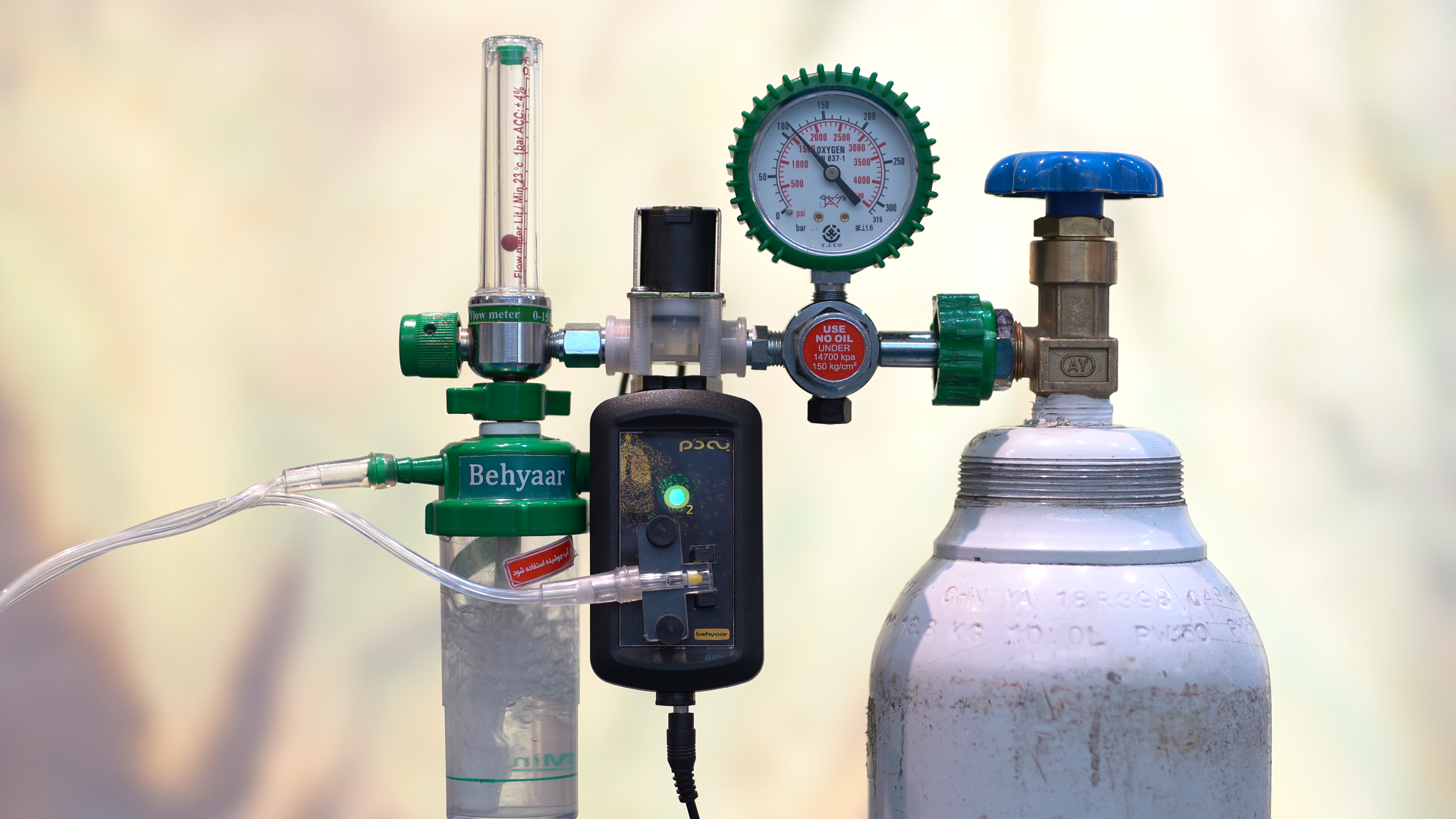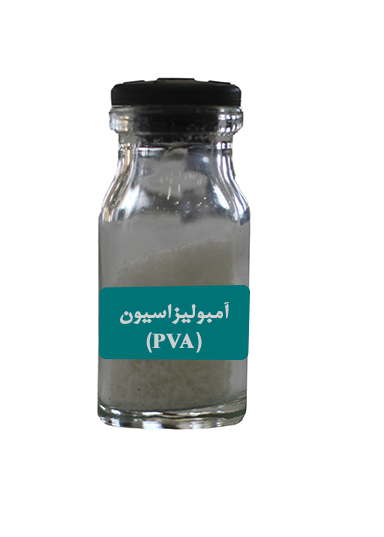Ionized gaseous plasma comprises electrons, positive and negative ions, neutral and excited atoms, free radicals, and molecules that move within a spectrum of electromagnetic radiation, including infrared, X-rays, soft UV, and visible light. Nowadays, plasma finds widespread application in the industry for purifying and disposing of various hazardous and toxic liquid effluents and wastes. In the liquid waste treatment process, unlike other conventional methods, there is no need for chemicals, as the plasma treatment device solely utilizes electricity and air. Municipal, industrial, petroleum, and chemical waste are all purified by hot plasma. In the presence of a hot DC plasma arc, with a temperature of several thousand degrees formed inside the reactor by graphite electrodes, all pollutant compounds are broken down into constituent atoms. Organic compounds undergo gasification, resulting in a gas mixture composed of hydrogen, carbon monoxide, and several other compounds. This gas is utilized as clean fuel for energy production (including electricity and heating), metal cutting, and as fuel or a supplement for cars and power plants. Due to the regenerative properties of hydrogen and carbon monoxide, this gas finds application in industries requiring these agents, such as the regeneration process in steel production (known as “green steel”). The produced water, following the final filtration steps to remove carbon particles, returns to the consumption cycle for use in agriculture and irrigation. This system fully satisfies its electricity needs on a large scale while producing gas, electric energy, and purified water for consumption by local industries and residential households. Hot plasma is also employed to decompose and convert petroleum materials into gas and energy.







